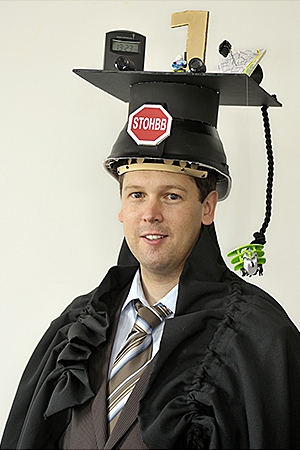Marcus Prümmer
Cardiac C-Arm Computed Tomography: Motion Estimation and Dynamic Reconstruction
Abstract
Generating three dimensional images of the heart during interventional procedures is a significant challenge. In addition to real-time fluoroscopy, angiographic C-arm systems can also be used to generate 3-D/4-D CT images on the same system. One protocol for cardiac Computed Tomography (CT) uses electrocardiogram (ECG) triggered multi-sweep scans. A 3-D volume of the heart at a particular cardiac phase is reconstructed by the Feldkamp, Davis and Kress (FDK) algorithm using projection images with retrospective ECG gating. In this thesis we introduce a unified framework for heart motion estimation and dynamic cone-beam reconstruction using motion corrections. Furthermore, theoretical considerations about dynamic filtered backprojection (FBP) as well as dynamic algebraic reconstruction techniques (ART) are presented, discussed and evaluated. Dynamic CT reconstruction allows to improve temporal resolution and image quality using image processing. It is limited by C-arm device hardware like rotation speed. The benefits of motion correction are: (1) increased temporal and spatial resolution by removing cardiac motion which may still exists in the ECG-gated data sets, and (2) increased signal-to-noise ratio (SNR) by using more projection data than is used in standard ECG gated methods. Three signal enhancing reconstruction methods are introduced that make use of all of the acquired projection data to generate a time resolved 3-D reconstruction. The first averages all motion corrected backprojections; the second and third perform a weighted averaging according to: (1) intensity variations and (2) temporal distance to a time resolved and motion corrected reference FDK reconstruction. In a study seven methods are compared: non-gated FDK, ECG-gated FDK, ECG-gated and motion corrected FDK, the three signal enhancing approaches, and temporally aligned and averaged ECG-gated FDK reconstructions. The quality measures used for comparison are spatial resolution and SNR. Additionally new dynamic algebraic reconstruction techniques (ART) are introduced, compared to dynamic Filtered Backprojection (FBP) methods and evaluated. In ART we model the objects motion either using a dynamic projector model or a dynamic grid of the object, defining the spatial sampling of the reconstructed density values. Both methods are compared to each other as well as to dynamic FBP. Spatial and temporal interpolation issues in dynamic ART and FBP and the computational complexity of the algorithms are addressed. The subject-specific motion estimation is performed using standard non-rigid 3-D/3-D and novel 3-D/2-D registration methods that have been specifically developed for the cardiac C-arm CT reconstruction environment. In addition theoretical considerations about fast shift-invariant filtered backprojection methods in dependency of an affine, rayaffine and non-rigid motion model are presented. Evaluation is performed using phantom data and several animal models. We show that data driven and subject-specific motion estimation combined with motion correction can decrease motion-related blurring substantially. Furthermore, SNR can be increased by up to 70% while maintaining spatial resolution at the same level as it is provided by the ECGgated FDK. The presented framework provides excellent image quality for cardiac C-arm CT. The thesis contributes to an improved image quality in cardiac C-arm CT and provides several methods for dynamic FBP and ART reconstruction.
